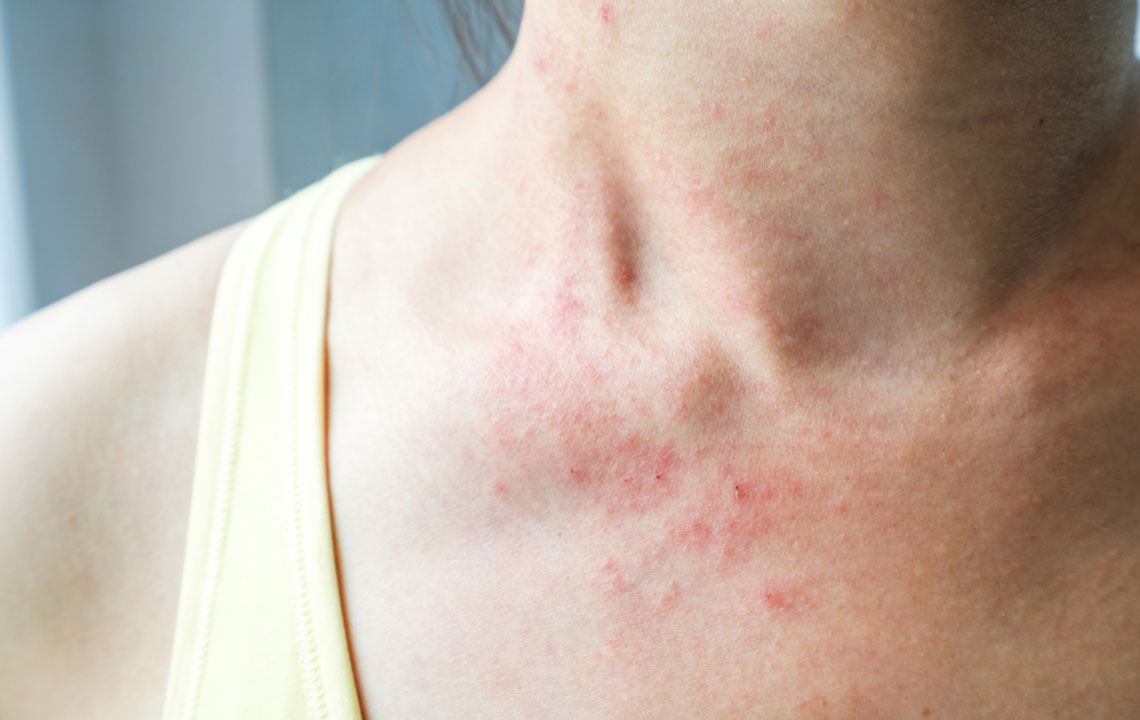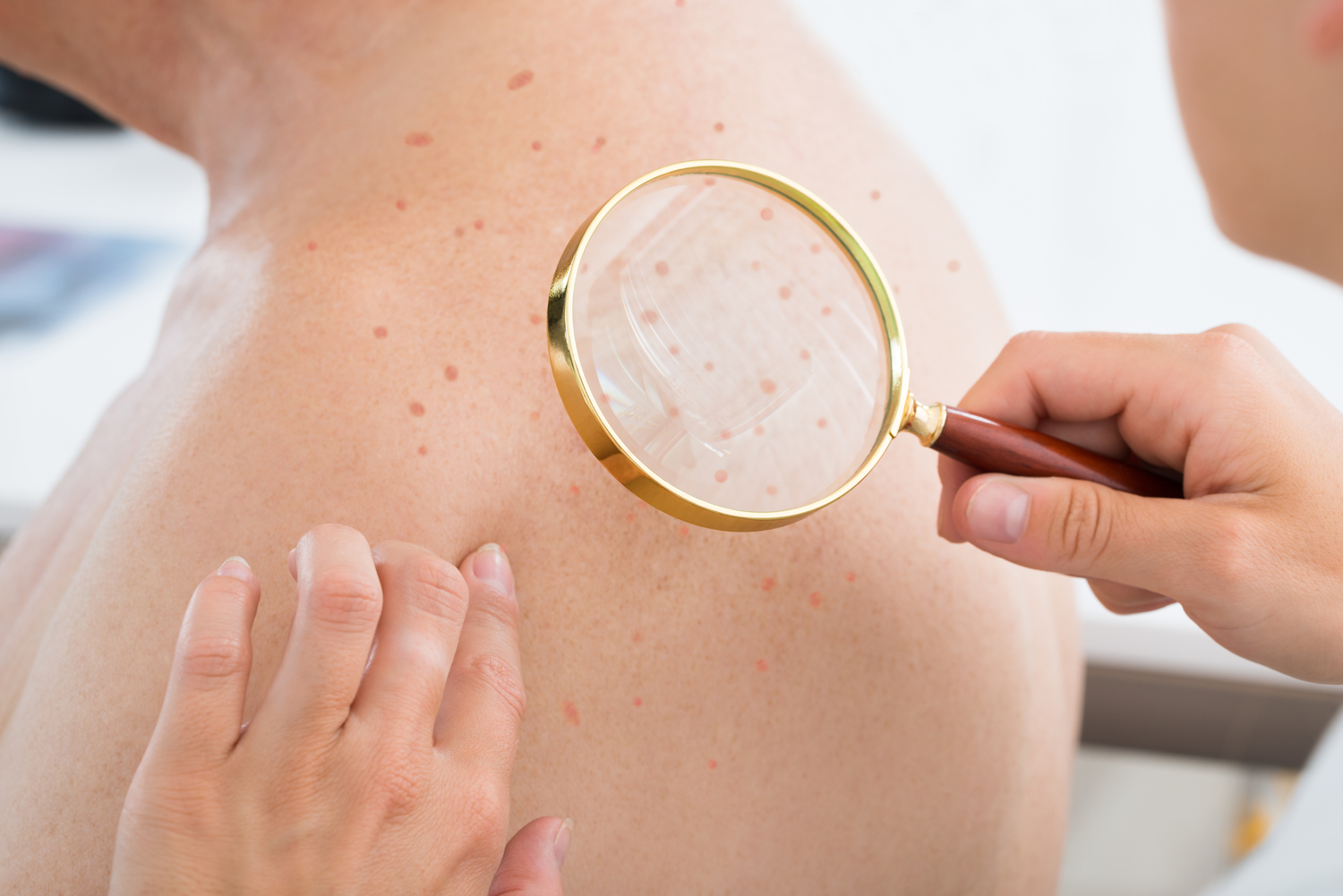Essential Guide to Understanding Cellulitis
This comprehensive guide explains cellulitis, a bacterial skin infection characterized by redness, swelling, and pain. It covers symptoms, causes, including bacteria entering through skin breaks, and types based on affected areas. Emphasizing the importance of prompt medical treatment, the article provides crucial tips for prevention and highlights the necessity of professional healthcare consultation for proper management.

Cellulitis is a bacterial infection of the skin that begins with redness and swelling of certain areas and can become dangerous if not treated promptly. It occurs when bacteria invade broken skin, affecting deeper layers such as the dermis and subcutaneous tissues. The main bacteria responsible are Streptococcus and Staphylococcus, though fungi can sometimes cause similar infections. Leg cellulitis requires medical attention. Symptoms include warmth, tenderness, redness, swelling, and pain, often accompanied by fever, chills, and nausea. It commonly affects the face, arms, and legs. Prevention involves proper wound care and hygiene.
Cellulitis develops when bacteria from groups like streptococci and staphylococci breach the skin through cuts, ulcers, burns, or skin conditions such as eczema. Different types include extremity cellulitis, facial cellulitis, periorbital cellulitis, breast cellulitis, and perianal cellulitis, mainly distinguished by location. Treatment varies based on severity and location, typically involving antibiotics. Early detection and professional consultation are crucial for effective management.










